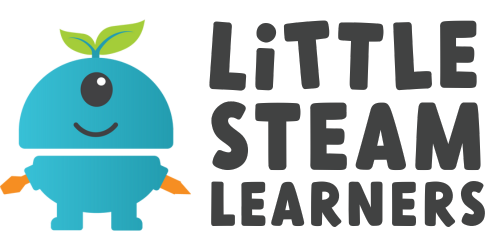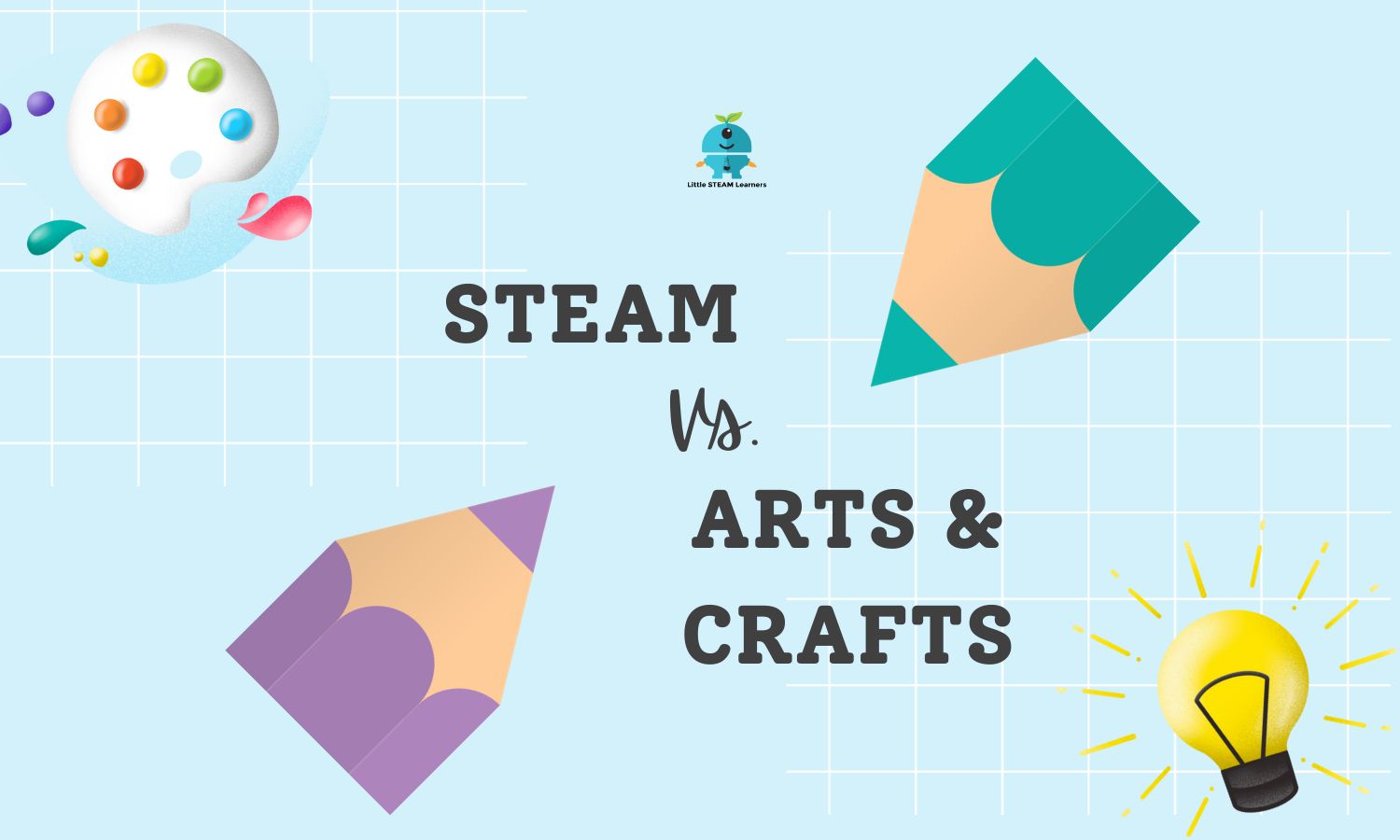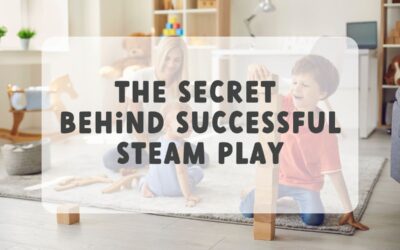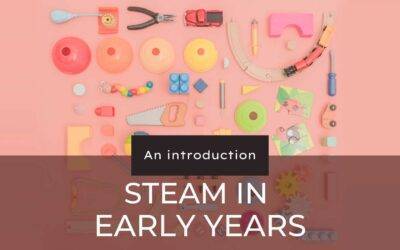Today, I am writing a mini clarification post. This post may trigger some, so please be warned.
Let me start of by saying, I am a huge fan of crafts, science experiments, and hands-on activities, as you may have noticed from some of my activities, BUT they are NOT the same at STEAM challenges. This post is by no means meant to look down on arts and crafts they are fabulous in their own way. I just want to highlight the differences in hopes of helping clarify what each are.
There are a lot of wonderful ideas out there in ways to engage your little learner and unfortunately, some of these wonderful creations, are mislabelled as STEAM which brings a lot of confusion as to what it is. Trust me, I have been there, done that. As time has passed, through experience and professional development, I have come to learn the difference between STEAM and Crafts, and they are VERY different.
Both have a place in the classroom or homeschool, and it is important to know the difference between them to be able to understand the value each brings to your child’s learning. As such, I thought it was necessary to share the fundamental differences between STEAM and crafts in hopes to help clear the confusion many parents and educators may have regarding STEAM.
I will highlight 5 main differences that I have come to learn over time.
1. STEAM is open-ended
Here I go with using another buzz word, right? Let me explain, STEAM challenges are open-ended, meaning they do not have one right way of doing something. Your little learners can solve that challenge in multiple of ways.
Here is an example:
Craft: Create a life cycle of a butterfly.
This involves step-by-step instructions and is straight forward.
STEAM: Build a tower that is taller than your desk.
Here they are multiple opportunities and way to do it. There is no right way of doing it.

2. STEAM produces varied results.
As the it comes from the explanation above, since STEAM is open-ended, there is no one way of doing it, as such the results are going to be varied. The materials used may be the same, however the “final product” will look different from group to group, or child to child.
3. STEAM learning involve the 4C’s of engineering
STEAM challenges can be done alone, but are best done in groups and involve Collaboration, Communication, Creativity, and Critical thinking to solve the challenge. Learning to work together, being able to communicate their ideas, coming up with unique and outside box ideas, and using critical thinking to help solve a problem are all an important part of STEAM learning.
Looking at our above examples:
Crafting the life cycle does not involve very much critical thinking, communication, or collaboration. Some creativity may be involved but its limited.
When looking at the tower challenge, working in groups helps each child bring their strength to the table, through communicating with each other they work together to build the tower. Using their critical thinking skills, they can problem solve and using their creativity they come up with unique towers. See how the 4Cs fit into the STEAM learning?


4. STEAM is multi-disciplinary
Sheesh! Me and all these buzz words today. I promise, its the last one. STEAM includes multiple subjects, at least two if not all of them.
If we look at our examples above, the butterfly cycle activity probably looks good but is limited to science, you may be able to somewhat squeeze in art in there, but it is a stretch.
Now if we look at the building a tower challenge, there we have science, engineering, math and even art depending on what design elements the learner chooses to bring to their tower. And the integration of these core subjects is seamless and easy. They fit and work well together.
5. STEAM involves trial and error, and room for redesign
STEAM challenges involve a lot of trial and error, tweaking and fixing and even redesigning to create a better outcome the next time. This is a very important characteristic of STEAM and one of the best values it brings to your child’s learning journey. A fundamental concept that many children and even adults struggle with is “failing”. We have learnt to control things and be right and hate it when things don’t go our way. But life and real-life problems do not work that way, we need to be able to re-evaluate and adjust i.e., trial and error. Hence, STEAM challenges and learning 😊.
Crafts on the other hand, are step-by-step activities, they may involve tiny bit of problem solving but for the most part they are straight forward.


I hope this helps highlight and clarify a little more on what STEAM learning is.
To help you get started on your STEAM journey with your kids, check out our STEAM Challenge cards. They are sets of 20 cards that come along with some positive affirmations to instill a growth mindset in your learners.






0 Comments